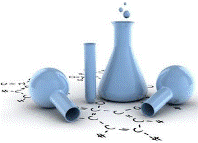Chemical and Biomolecular Engineering, Department of

Department of Chemical and Biomolecular Engineering: Faculty Publications
ORCID IDs
Demirel 0000-0002-8183-0991
Date of this Version
2015
Document Type
Article
Citation
International Journal of Energy and Environmental Engineering (2016) 7: 45–59
Abstract
This study presents metrics of energy intensity and environmental impact of the back-end separation of ethylene plant consisting three interacting distillation columns by thermodynamic analysis. The objective is to explore the scope of reducing the energy for utilities and CO2 emissions. Thermodynamic analysis is carried out using the column targeting tool (CTT) to address the sustainability metrics of ‘Energy Intensity.’ CTT is based on the ‘Practical Near-Minimum Thermodynamic Condition’ representing a close to practical reversible column operation. Environmental impact metrics are estimated from the carbon tracking options. The carbon tracking are estimated by the CO2 emission data source of US-EPA-Rule-E9-5711 using natural gas as the primary fuel. The results show that the total reductions in energy loss and the total hot and cold utility are around 44 and 10%, respectively; the total reductions in carbon dioxide are around 14%. These improvements lead to considerable reductions in the operating costs. Thermodynamic analysis helps estimating and improving the energy and environmental sustainability metrics and hence can lead to a more sustainable separation by distillation columns. Keywords Ethylene plant


Comments
Copyright 2015, the authors. Used by permission